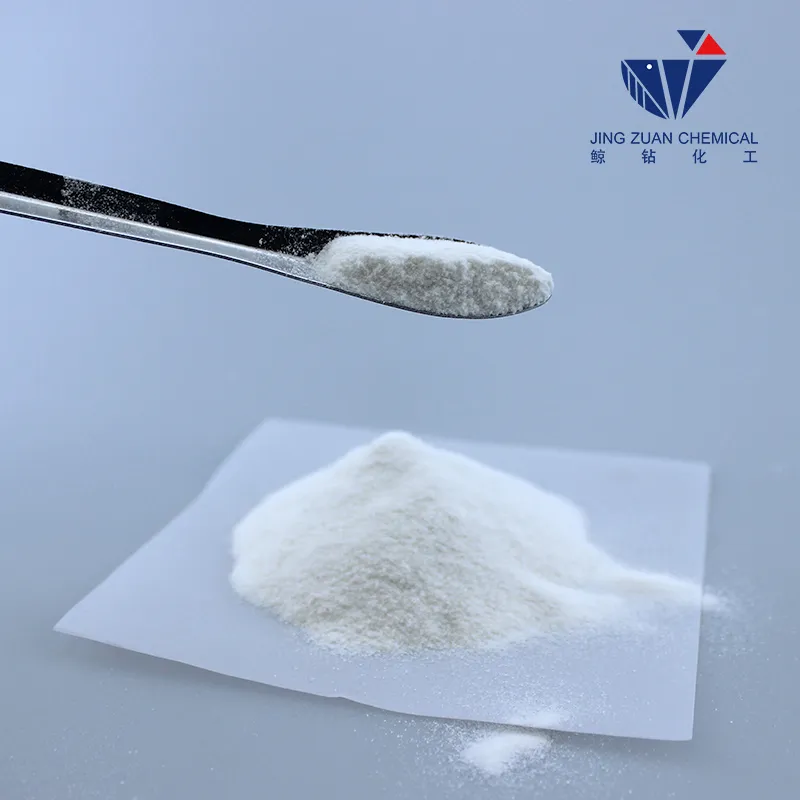
Nov . 20, 2024 12:08 Back to list
cellulose ether
Understanding Cellulose Ethers Composition, Properties, and Applications
Cellulose ethers are an essential group of biodegradable and non-toxic polymers derived from cellulose, a natural polymer obtained from plant cell walls. The modification of cellulose into cellulose ethers allows for the incorporation of diverse functional groups, which enhances its solubility, gel-forming ability, and compatibility with various formulations. This article delves into the composition, properties, and applications of cellulose ethers, showcasing their significance in multiple industries.
Composition of Cellulose Ethers
Cellulose ethers are synthesized through the reaction of cellulose with alkylating agents, which introduce hydrophobic alkyl groups into the cellulose structure. Common cellulose ethers include methylcellulose (MC), ethylcellulose (EC), and hydroxypropyl cellulose (HPC). The degree of substitution (DS) indicates how many hydroxyl groups on the cellulose molecule have been replaced by ether groups. This DS directly affects the physical properties of the resulting cellulose ether, such as its solubility in water and organic solvents, viscosity, and gelling behavior.
Methylcellulose, for example, is derived from the methylation of cellulose, leading to a compound that is soluble in hot water and gels upon cooling. Ethylcellulose, on the other hand, is typically insoluble in water but soluble in organic solvents. Hydroxypropyl cellulose possesses excellent film-forming properties and is often used in pharmaceutical formulations as a thickening agent and stabilizer.
Properties of Cellulose Ethers
The properties of cellulose ethers vary significantly depending on their chemical structure and degree of substitution. One of the most notable features is their rheological behavior, which refers to their flow and deformation under stress. This makes cellulose ethers invaluable in applications requiring thickening, emulsifying, or stabilizing effects.
Cellulose ethers also exhibit exceptional thermal stability and resistance to degradation, allowing them to maintain their properties under varying environmental conditions. Additionally, they are non-toxic, biodegradable, and compatible with many other ingredients, making them preferred choices in formulations meant for food, pharmaceuticals, and cosmetics.
cellulose ether

Moreover, cellulose ethers possess excellent water retention properties, which contribute to moisture retention in various applications, particularly in the construction and personal care sectors
. Their ability to form stable films and coatings is another indispensable property that amplifies their usability in diverse products.Applications of Cellulose Ethers
Cellulose ethers find extensive applications across various industries due to their versatile properties. In the food industry, they serve as thickening agents, emulsifiers, and stabilizers, enhancing the texture and shelf life of products like sauces, dressings, and dairy items. Their ability to retain water is critical, as it helps maintain the moistness and mouthfeel of many food products.
In the pharmaceutical sector, cellulose ethers are commonly used as excipients in tablet formulations due to their capacity to form gels and their controlled-release properties. They assist in the binding process, thereby ensuring that tablets maintain their structural integrity during handling and consumption. Furthermore, their film-forming properties make them suitable for coatings that enhance the release profile of active ingredients.
The cosmetics and personal care industry also heavily relies on cellulose ethers for their thickening, emulsifying, and stabilizing functions. Products such as shampoos, lotions, and creams often include these compounds to improve viscosity and enhance user experience. Their non-toxic nature is particularly appealing for formulations designed for sensitive skin.
In construction, cellulose ethers play a crucial role as additives in cement-based materials. They improve workability, water retention, and adhesion performance, which are integral to the overall quality and longevity of construction materials.
Conclusion
Cellulose ethers are remarkable polymers with a diverse range of applications due to their unique properties and versatility. Their ability to modify the physical characteristics of various formulations makes them indispensable across multiple industries, from food and pharmaceuticals to cosmetics and construction. As the demand for eco-friendly and biodegradable materials continues to grow, the importance of cellulose ethers is expected to increase, reinforcing their role as vital components in modern formulations and products.
-
Versatile Hpmc Uses in Different Industries
NewsJun.19,2025
-
Redispersible Powder's Role in Enhancing Durability of Construction Products
NewsJun.19,2025
-
Hydroxyethyl Cellulose Applications Driving Green Industrial Processes
NewsJun.19,2025
-
Exploring Different Redispersible Polymer Powder
NewsJun.19,2025
-
Choosing the Right Mortar Bonding Agent
NewsJun.19,2025
-
Applications and Significance of China Hpmc in Modern Industries
NewsJun.19,2025







